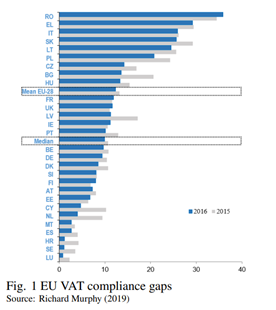Kahneman and Tversky
- Nathan Waller

- Aug 9, 2021
- 3 min read
As part of the first few editions of our newsletter, we are running a series of short articles about famous behavioural economists. It may seem strange then that neither Daniel Kahneman nor Amos Tversky were educated as economists. Despite this, they were instrumental in founding behavioural economics (Kahneman, 2002). In what follows, we look at some of their key work.
In their 1974 paper, Judgement under Uncertainty: Heuristics and Biases, they attacked the rational-agent model (an agent with a “calculator in his head, ego in his heart” (Raworth, 2017)) but were seen as attacking the idea of human rationality (Kahneman, 2002). The latter concept is important for economics, which explains everything from missed flights (Ely et al. 2017) to the size of inheritances (Thaler, 2016) using a rational-agent model. Suffice to say, the paper was very controversial and received fierce criticism (Kahneman, 2002; see Gerd, 1991).
Later in 1979, they published Prospect Theory: An Analysis of Decision Under Risk. This paper challenged the contemporary theory of how people behave, arguing that instead of making “rational decisions” based on the probabilities of various outcomes, people are susceptible to various biases. Moreover, they said that people feel more pain from losses than they feel pleasure from equivalently sized gains (Thaler, 2016). In sum, they proposed a new way of modelling how people make decisions under risk (Shleifer, 2012). This is prospect theory.
Separately, by the early 1990s the endowment effect (the idea that people value something more if they own it) was coming under attack. This idea is an important one because loss aversion means that standard indifference curves do not fully represent how people make decisions. Rational economic man does not “overvalue” the loss of what they currently own but humans do. Taking this into account, you can draw two indifference curves to describe consumer decisions (e.g. Kahneman et al., 1991). To try to defend the endowment effect, Kahneman was involved in a key experiment (Kahneman et al., 1990) which tried to show that the effect persisted even when people could learn about the market they were operating in (Kahneman et al., 1991).
After Tversky’s death in 1996, Kahneman continued working and has since published Thinking Fast and Slow, which provided a summary of Kahneman and Tverksys’ work. It focused on the division between different ways humans make decisions, prospect theory and heuristics and biases (Shleifer, 2012). He also recently co-authored Noise, a book focusing on different employees making different decisions when faced with the same problems (Kahneman et al., 2015).
This pair of non-economists have had a massive impact on economics, with one winning the Nobel Prize. They have provided serious food for thought about the flaws of modelling economic agents as strictly rational utility maximisers and have been fundamental in establishing the field of behavioral economics.
References
Ely, Jeffrey C, Garrett, Daniel F, & Hinnosaar, Toomas. (2017). Overbooking. Journal of the European Economic Association, 15(6), 1258-1301.
Gigerenzer, Gerd. (1991). From Tools to Theories. Psychological Review, 98(2), 254-267.
Kahneman, D., & Tversky, A. (1983). Judgement under Uncertainty: Heuristics and Biases. Science, 185(4157), 1124-1131.
Kahneman, D. (2002). Daniel Kahneman - Biographical. Retrieved May 29, 2021, from https://www.nobelprize.org/prizes/economic-sciences/2002/kahneman/biographical/
Kahneman, D., Knetsch, J., & Thaler, R. (1990). Experimental Tests of the Endowment Effect and the Coase Theorem. Journal of Political Economy, 98(6), 1325-1348.
Kahneman, D, Knetsch, J, & Thaler, R. (1991). Anomalies: The Endowment Effect, Loss Aversion, and Status Quo Bias. The Journal of Economic Perspectives, 5(1), 193-206.
Kahneman, D., & Tversky, A. (1979). Prospect Theory: An Analysis of Decision under Risk. Econometrica, 47(2), 263-291.
Kahneman, D., Thaler, R. & The Behavioural Insights Team (2015). BX2015: Interview with Daniel Kahneman. Retrieved May 27, 2021 from https://www.youtube.com/watch?v=maog6rAOI78
Raworth, Kate. (2017). Why it's time for Doughnut Economics. IPPR Progressive Review, 24(3), 216-222.
Shleifer, Andrei. (2012). Psychologists at the Gate: A Review of Daniel Kahneman's "Thinking, Fast and Slow". Journal of Economic Literature, 50(4), 1080-1091.
Thaler, R. (2016). Misbehaving : The making of behavioural economics. London: Penguin Books.






Comments